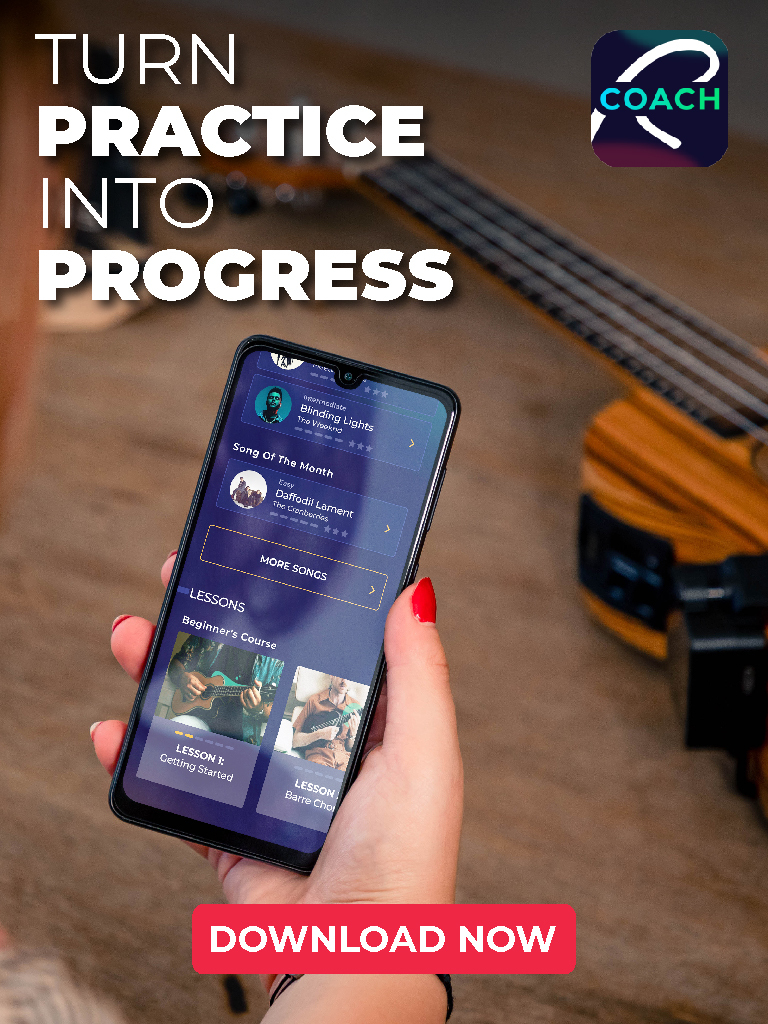
The bouzouki, a stringed musical instrument with deep roots in Greek culture, offers a unique and rich sound that has captivated musicians and audiences alike. If you’re new to this instrument and interested in learning to play, this beginner’s guide will help you get started on your musical journey.
Understanding the Bouzouki
The bouzouki comes in two main types: the trichordo (three-course) and the tetrachordo (four-course). The trichordo has three pairs of strings (called courses), while the tetrachordo has four pairs. Each type produces a distinctive sound, with the trichordo often preferred for traditional Greek folk music and the tetrachordo for modern Greek music due to its extended range and versatility.
Choosing Your Bouzouki
When selecting a bouzouki, consider the following factors:
- Type: Decide whether you prefer the trichordo or tetrachordo based on the style of music you want to play.
- Quality: Look for a well-constructed instrument. Solid wood bodies produce better sound than laminated ones.
- Budget: Prices vary widely, from affordable beginner models to professional-grade instruments. Start with a beginner-friendly option and upgrade as you improve.
Basic Anatomy of the Bouzouki
To play the bouzouki effectively, familiarize yourself with its parts:
- Body: The rounded back and flat front produce its resonant sound.
- Neck: Connects the body to the headstock, housing the frets and providing finger placement.
- Headstock: Contains the tuning pegs used to adjust string tension.
- Strings: Typically made of steel, producing a bright and clear tone.
- Frets: Metal strips on the neck that help produce different notes when pressed.
Tuning the Bouzouki
Proper tuning is crucial for good sound. For a tetrachordo bouzouki, the standard tuning is CFAD (from low to high). A trichordo is usually tuned to DAD. Use an electronic tuner for accuracy, or tune by ear if you have a good pitch sense.
Basic Playing Techniques
- Holding the Bouzouki: Sit comfortably with the bouzouki resting on your right thigh (if right-handed). The neck should be angled slightly upwards.
- Strumming: Use a pick (plectrum) to strum the strings. Start with downstrokes and practice maintaining a steady rhythm.
- Fretting: Press the strings against the frets with your left hand to produce different notes. Ensure your fingers are just behind the frets for clear sound.
- Basic Chords: Learn basic chords like D major, G major, and A minor. Practice transitioning smoothly between them.
Learning Resources
To master the bouzouki, utilize various learning resources:
- Online Tutorials: Websites and YouTube channels offer free lessons covering everything from basics to advanced techniques.
- Books: Instructional books provide structured learning and exercises.
- Private Lessons: A teacher can offer personalized guidance and feedback.
- Practice: Regular practice is essential. Start with short daily sessions and gradually increase your playing time.
Maintenance and Care
Keeping your bouzouki in good condition ensures it produces the best sound. Follow these tips:
- String Care: Wipe strings after playing to remove sweat and oils. Replace them when they sound dull or break.
- Cleaning: Use a soft cloth to clean the body. Avoid harsh chemicals.
Storage: Keep the bouzouki in a case to protect it from dust and damage. Avoid extreme temperatures and humidity
Enjoying the Journey
Learning to play the bouzouki is a rewarding experience that connects you to a rich musical heritage. Be patient and persistent, as progress may be slow at first. Enjoy the process of discovering new songs and techniques, and soon you’ll find yourself playing beautiful melodies and captivating your audience with the unique sounds of the bouzouki.

